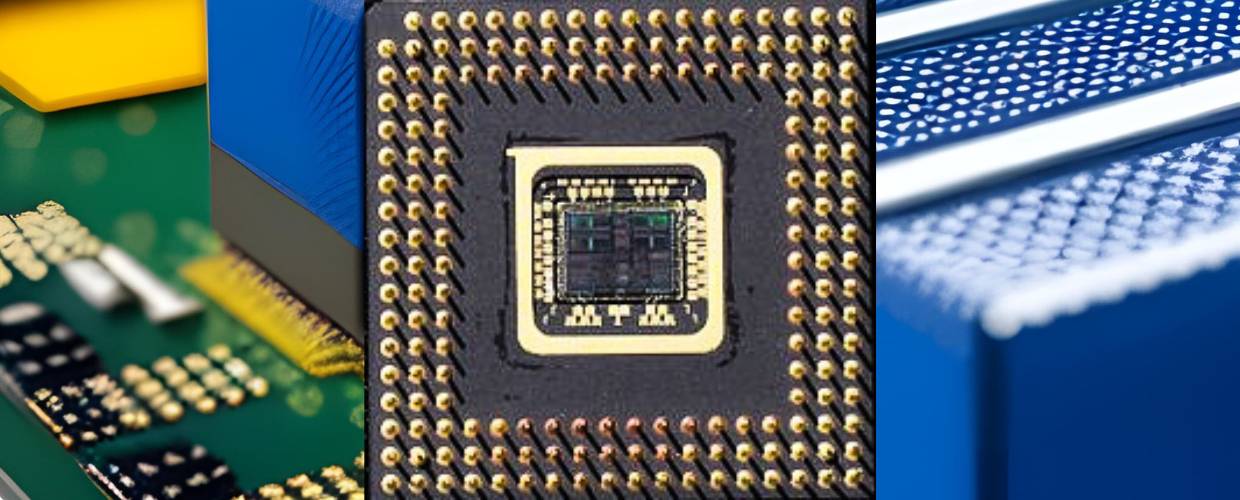The MIPS processor is a prominent architecture known for its efficient performance and widespread usage. The processors employ a Reduced Instruction Set Computer (RISC) design philosophy, optimizing for simplicity and high throughput. This article will delve into the MIPS processor, its key features, and its significance in computing.
What is a MIPS Processor?
A MIPS (Microprocessor without Interlocked Pipeline Stages) processor is a family of microprocessors that adhere to the MIPS architecture. MIPS is a RISC-based instruction set architecture developed by MIPS Technologies, Inc., which provides a foundation for designing high-performance, power-efficient processors. The MIPS processor employs a streamlined approach by reducing the complexity of instructions, resulting in faster execution and efficient resource utilization.
The MIPS architecture focuses on a simplified instruction set, providing a small number of basic instructions that can be executed quickly. It emphasizes simplicity, favoring fewer instructions that can be executed in a single clock cycle. This design philosophy allows the processor to achieve high instruction throughput and exploit parallelism efficiently.
Key Features of MIPS Processors
MIPS processors possess several key features contributing to their efficiency, performance, and versatility. Let’s explore some of these features in more detail.
Reduced Instruction Set Architecture (RISC)
The MIPS processor employs a RISC design approach, emphasizing a simplified instruction set. This streamlined instruction set reduces complexity, enabling instructions to be executed quickly and efficiently. By favoring simplicity, the processor achieves high instruction throughput and facilitates efficient pipelining.
Instruction Pipelining
The processors utilize a pipelining technique that breaks down instructions into smaller stages and executes them concurrently. It allows for better utilization of the processor’s resources and reduces the time required to complete a set of instructions. Pipelining improves the processor’s throughput, enabling faster execution of tasks.
High Performance
The MIPS architecture’s focus on simplicity and efficient execution enables MIPS processors to deliver high performance. By reducing the complexity of instructions and optimizing the processor’s design, the processors can execute instructions quickly, resulting in efficient computation and faster task completion.
Energy Efficiency
MIPS processors are known for their energy-efficient design. The MIPS architecture minimizes power consumption by emphasizing simplicity and reducing instruction complexity. This characteristic is particularly beneficial in battery-powered devices or systems where energy efficiency is crucial for prolonged operation or extended battery life.
Scalability
The MIPS architecture supports scalability, allowing for the design of processors with varying levels of performance and capabilities. This scalability enables MIPS processors to cater to various applications, from low-power embedded systems to high-performance computing environments.
Broad Application Support
The processors find applications in various domains, including consumer electronics, networking equipment, embedded systems, and high-performance computing. Their versatility and wide industry adoption make them suitable for diverse applications, ranging from smartphones and tablets to routers, digital televisions, and automotive systems.
Significance of MIPS Processors
The MIPS processor has played a significant role in the evolution of computing and has left a lasting impact on the industry. Here are some key reasons why the processors are significant.
Efficient Performance
The MIPS architecture’s emphasis on simplicity and efficient execution allows MIPS processors to deliver high performance, making them well-suited for computationally intensive tasks. Their efficient instruction execution enables quick data processing, enhancing overall system performance.
Standardization and Compatibility
The MIPS architecture has gained widespread adoption, resulting in a rich software ecosystem. Many operating systems, compilers, and development tools support MIPS processors, ensuring compatibility and ease of software development. This standardization simplifies the task of porting software across different MIPS-based platforms.
Education and Research
The processors have been widely used in academic institutions and research laboratories for teaching and conducting computer architecture and digital design research. Their clear and streamlined architecture provides an excellent learning platform for understanding fundamental concepts and exploring innovative processor designs.
Embedded Systems
MIPS processors have found extensive use in embedded systems due to their energy-efficient design, scalability, and compatibility with real-time operating systems. They are well-suited for consumer electronics, IoT devices, automotive systems, and industrial automation applications, where low power consumption and efficient execution are paramount.
Historical Significance
The processors have a rich history and have been instrumental in developing RISC-based architectures. Their influence has extended beyond their direct usage, inspiring subsequent processor designs and advancements in computer architecture.
Conclusion
The MIPS processor, with its RISC design philosophy, represents a notable milestone in the evolution of computer processors. The MIPS architecture has widespread adoption in various domains, from consumer electronics to embedded systems and high-performance computing. Its efficient execution, scalability, and compatibility have made it a valuable choice for developers, researchers, and educators. As computing advances, the MIPS architecture’s contributions and legacy in computer processors will continue to resonate in the digital landscape.
Read the Latest Technology and Business News:


